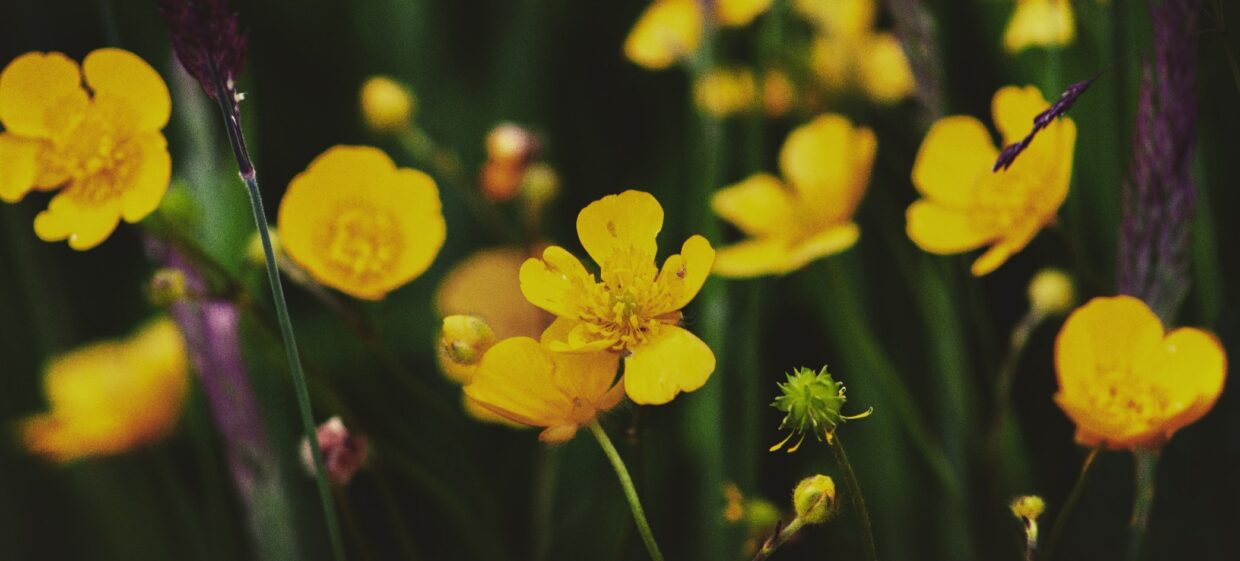The goal of Lyn’s project was to facilitate student understanding/ recognition of plant families commonly found in the South Thompson through student creation (writing and illustrating) content for a series of H5P modules outlining the recognition characters of twenty plant families.
Students were presented with the following information and driving questions: The number of flowering plant species is estimated to be more than 350,000! How do botanists sort individual species into families? What characters do botanists use to identify the flower plant families common in the South Thompson Valley? What separates the mints from the peas? The peas from the asters and the buttercups?

Based on a list of BC’s twenty most species rich families, students researched the characters typically included in flowering plant family descriptions. For each family, students:
- Compiled recognition characters
- Compiled lists of species commonly observed in Kamloops
- Dissected and photo-documented specimens
- Found and labelled open-source photos for sourced photos
- Illustrated (with pen and ink) key characters
- Wrote copy for each family description
- Assembled content into interactive H5P modules
- Wrote short “fill-in-the-blank” quizzes reviewing the covered material
During the project, students had the opportunity to:
- Negotiate a common format (material/style/appearance) to use in each of the family descriptions. Surprisingly, this debate took multiple sessions (over video conference) to resolve. One of the most interesting moments of learning (for both Lyn and the students) occurred when they realized that the debate centered on far more than font. Instead, students’ debate originated from the different approaches to learning (details first, generalizations second or vice versa)
- Learn the complexity of copyright law and how to follow Creative Commons licensing
- Meet with TRU’s Open Source Librarian to understand the intricacies of copyright
I did [this] directed studies with students where they basically built the online learning component. And I was going in and checking it. And I think they did fabulous work … I think that, if there is any gift of COVID, that is, the gift for me is that it has upended many of the things that I always thought were right and true. And when there’s no other possibility you make do with what you have and sometimes the make-do’s are better than you could have imagined.
Lyn Baldwin
